In the African American community, hair has always been a source of debate, joy, struggle, and has deep ties to political and spiritual movements, particularly for but not limited to women. Part of the legacy of racism was not only to treat African Americans as intellectually and biologically inferior, but to also create Eurocentric beauty standards that blacks also had to adhere by in order to be seen as conventionally attractive. Afrocentric features, such as kinky or tightly coiled hair, worn freely without chemicals, has long been deemed as unprofessional, unattractive, and difficult to maintain- labels that come from longstanding Eurocentric beauty standards that see straight, silky, and long hair as what is truly beautiful. These oppressive standards have given certain types of hairstyles in the black community deep ties to political movements. For example, during the Black Power Movement, the afro became a symbol of strength and reclaiming a pride in a black identity. The afro showed a rejection of the norm of adhering to Eurocentric beauty standards. Dreadlocks have always had deeply spiritual ties, worn by Rastafarians in the Rastafarian religion. In the video clip below, the cut.com takes us through 100 years of black hair- starting from 1910 to the present. We get to see a neat snapshot of how popular black hairstyles have changed drastically throughout the years.





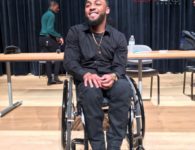
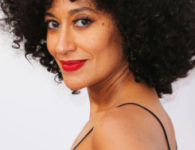
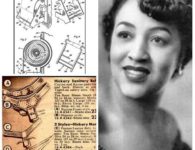
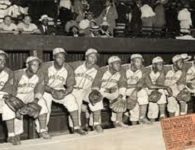

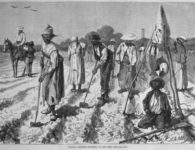
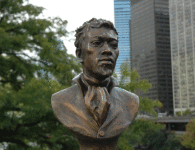
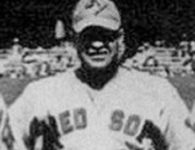
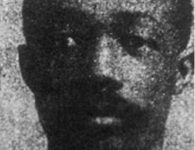

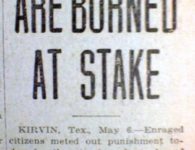
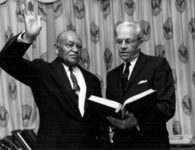
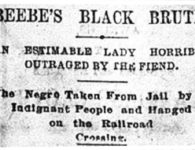
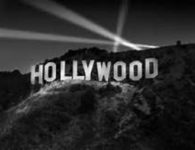
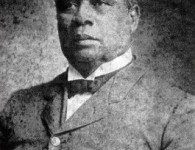

No comments